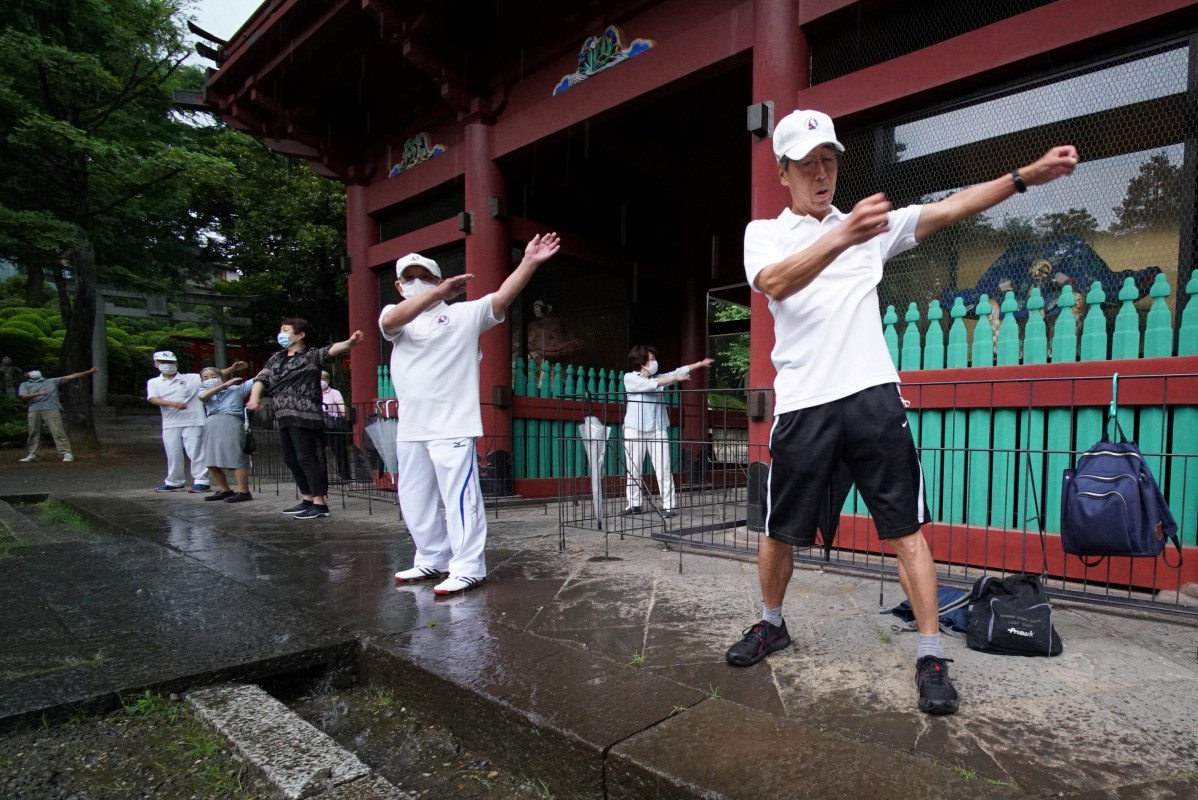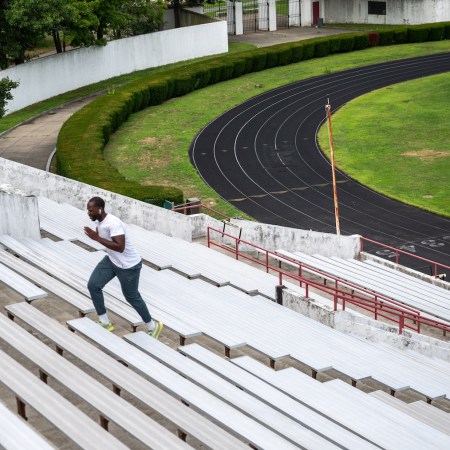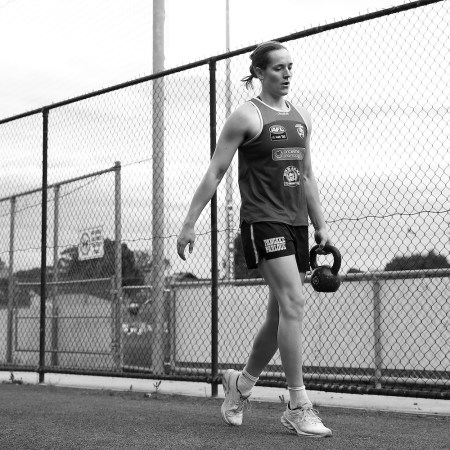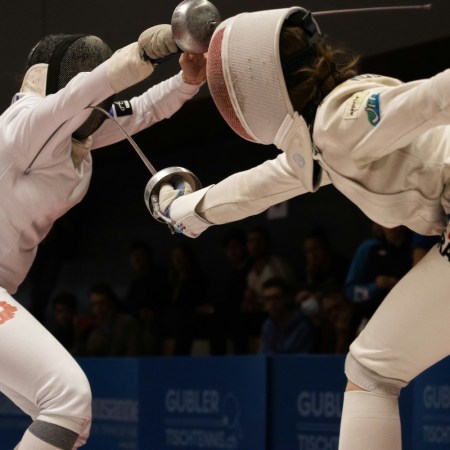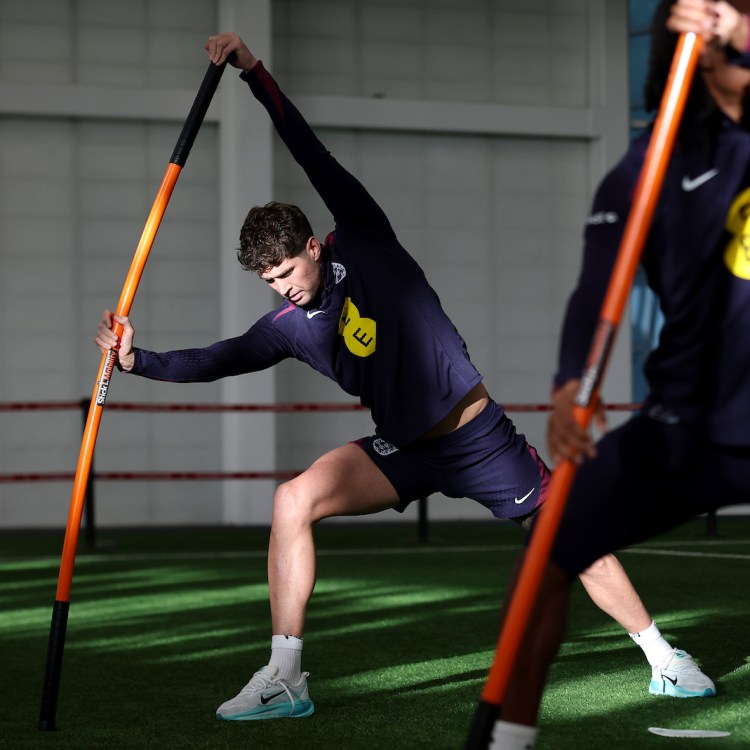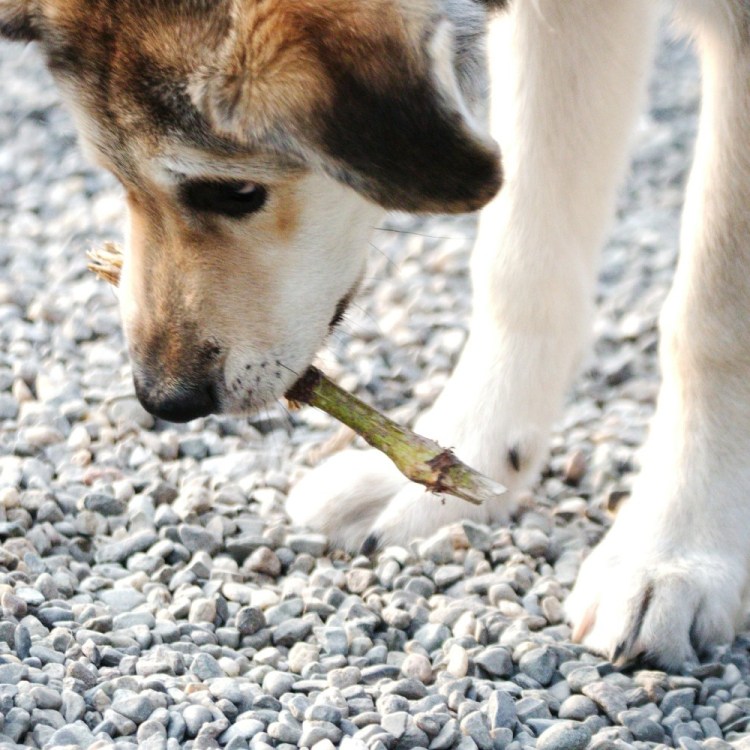Japanese people don’t really go to the gym.
That might come as a bit of a surprise, considering Japan has the highest life expectancy of any country in the world at 84.62 years, but it’s true — fewer than three million people in the 126-million-strong nation own a gym membership. And of that tiny figure, a third of the memberships are affiliated with school programs.
How do the Japanese stay so fit and age so well, then? Their eating habits certainly help; the Japanese diet emphasizes fish, plant-based foods and minimal sugar intake. Traditional cuisine, known as washoku, prioritizes local ingredients, while the concept of hara hachi bun me (“eat until 80% full”) champions portion control.
The Japanese are also prodigious walkers, averaging 6,500 steps a day. They walk everywhere — to work, to the grocery store, to dinner. If they need to get somewhere far away, they can access a reliable (and lightning-quick) public transportation system. Car ownership stands at just 69% nationwide. Contrast that with 93% in the United States.
In one fascinating survey, over half of Japanese adults proudly claimed that they “barely exercised.” It helps when that exercise is automatic, baked into the national consciousness and divorced from expectation or shame…both of which are too often swirling around American gym memberships and wellness subscriptions.
One other pillar of Japanese fitness, typically casual and effective, and free, is the population’s enduring embrace of rajio taisō, also known as radio taisō, or radio calisthenics.
How to Get Into Surfing Shape Without Actually Surfing
Getting barreled’s too hard. Get the body instead.What is radio taisō?
Over 25 million Japanese people still practice radio taisō twice a week, cycling through a series of warmup exercises that includes:
- Standing tall and stretching your whole body
- Bending the knees up and down
- Revolving your arms up and around
- Spreading out the legs and opening the chest
- Leaning from side to side
- Bending towards the floor with rhythmic bounces
- Twisting the body left to right as the arms swing
And so on and so forth. As the name suggests, radio taisō is broadcast over a radio, with a classical music accompaniment (always the same song), and a sequence of simple instructions and countdowns — similar to what you’d find in an elementary school gym class.
In fact, Japanese kids do use radio taisō as a way to loosen up before P.E. classes and sporting events. But the tradition continues well into adulthood, with corporate employees and aging retirees alike adding “the radio gym” into their morning routines. The Japan Broadcasting Corporation (NHK) plays the sequence each morning at 6:30 a.m., though it’s readily available on YouTube.
It started with a trip to the U.S.
Ironically, this concept actually originated in America. A Japanese insurance agent, sent to the States to study the American system in the 1920s, was inspired by a series of “Tower Health Exercises,” hosted by the Metropolitan Life Insurance Company (now known as MetLife). He brought them back home to Japan, where they were militarized to improve the physical fitness of soldiers, and then abandoned after the war.
Years later, though, Japan’s Ministry of Education and the Ministry of Health rebranded the tradition under a more “playful” and community-oriented mandate. It’s been in circulation ever since.
Make the exercise your own
Three minutes of twists and stretches aren’t insignificant. Think about all the other elements radio taisō brings along with it: breathwork, sense of community and time in nature. If the healthiest nation in the world has seen fit to keep it in the rotation for this long, you know it’s worth a try. Give the exact track a chance (many of the YouTube videos are in English), or come up with your own radio calisthenics. Sometimes, it’s better to swing freely in place than drag yourself to the gym.
The Charge will help you move better, think clearer and stay in the game longer. Subscribe to our wellness newsletter today.
